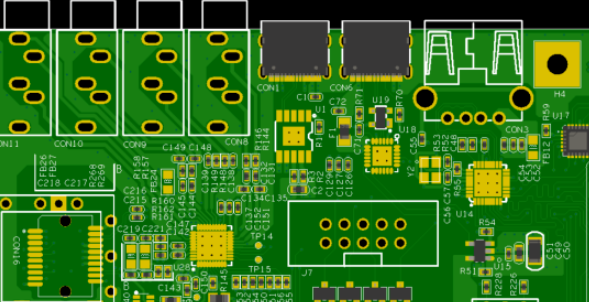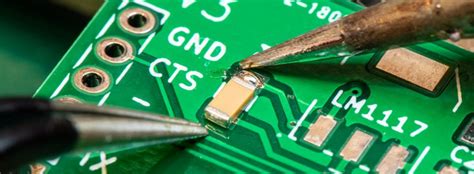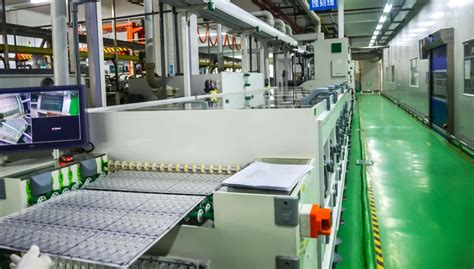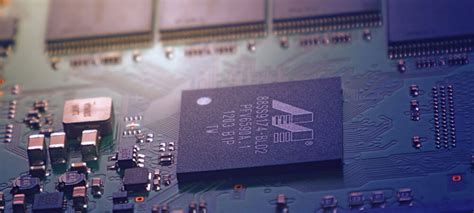High-speed interconnect SPICE simulation model
SPICE (Simulation Program for Integrated Circuits Emphasis) is a very powerful general-purpose analog circuit simulator developed by the Electronic Research Laboratory of the University of California, Berkeley in 1975. As the name SPICE indicates, it was originally used to verify the circuit design in integrated circuits and predict the performance of circuits, because this simulation calculation is extremely important for the design of integrated circuits.
The SPICE model has been widely used in the electronic design industry since its development, and many different versions have been derived, of which the two most important are HSPICE and PSPICE. Among them, HSPICE developed by Avant (now acquired by Synopsys) runs on workstations or mainframes and is mainly used in the design of integrated circuits. PSPICE developed by MicroSim (later acquired by OrCAD, which was acquired by Cadence) runs on PCs and is mainly used in PCB board-level and system-level design.
The SPICE model consists of two parts: model equations and model parameters. It is based on the working mechanism and physical details of basic circuit components (such as transistors, resistors, capacitors, etc.). It is a netlist file created according to the connection relationship of each component in the schematic diagram. The netlist consists of a series of subcircuits. Users can simply create a simulation netlist by calling the relevant subcircuit modules. The SPICE parameters of each component in the schematic diagram mainly characterize the physical and electrical characteristics of the components. The adequacy and accuracy of the parameter description will determine the accuracy of the simulation results. Using the SPICE model, the working characteristics of the system can be accurately simulated at the circuit device level and the logical function of the system can be verified. Therefore, it has been widely used in integrated circuit design. Because it can accurately calculate various working characteristics of the system, such as static and dynamic, it can also be used for system-level signal integrity analysis.

SPICE models can be used to perform various types of circuit analysis, the most important of which are:
· DC Analysis: including static operating point, DC sensitivity, DC transfer characteristics, DC characteristic scanning analysis;
· AC Analysis: including frequency characteristics, noise characteristics analysis:
· Transient Analysis: including transient response analysis and Fourier analysis;
· Parametric and Temperature Analysis: including parameter scanning analysis and temperature characteristic analysis;
· Monte Carlo Analysis;
· Worst-case Analysis.
In addition, since the SPICE model also includes the characteristics of the device changing with temperature, all of the above analyses can be set to be performed at different temperatures.
The SPICE model technology is relatively mature and the simulation accuracy is relatively high, but there are some insurmountable shortcomings in using the SPICE model: First, since the SPTCE model is a transistor-level model, as the scale of integrated circuits is getting larger and larger, even if only the SPICE model of each pin is established, it will contain thousands of transistor-level devices, so its simulation speed must be very slow, which is unacceptable for interactive PCB design; secondly, since the SPTCE model involves many details of integrated circuit design, general integrated circuit manufacturers are reluctant to provide it publicly, which limits its wide application. At this time, it is necessary to introduce the IBIS model to replace the SPICE model to complete the signal integrity analysis.







